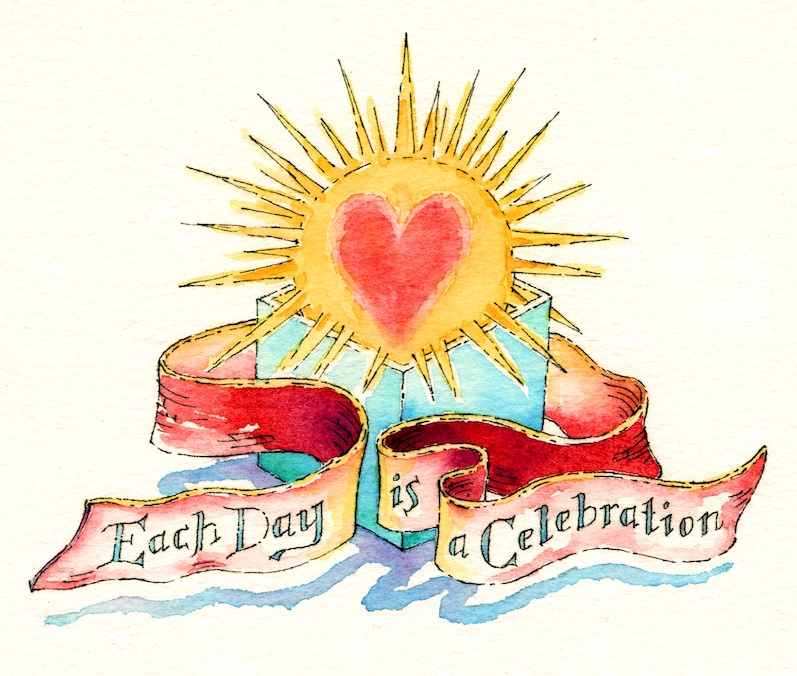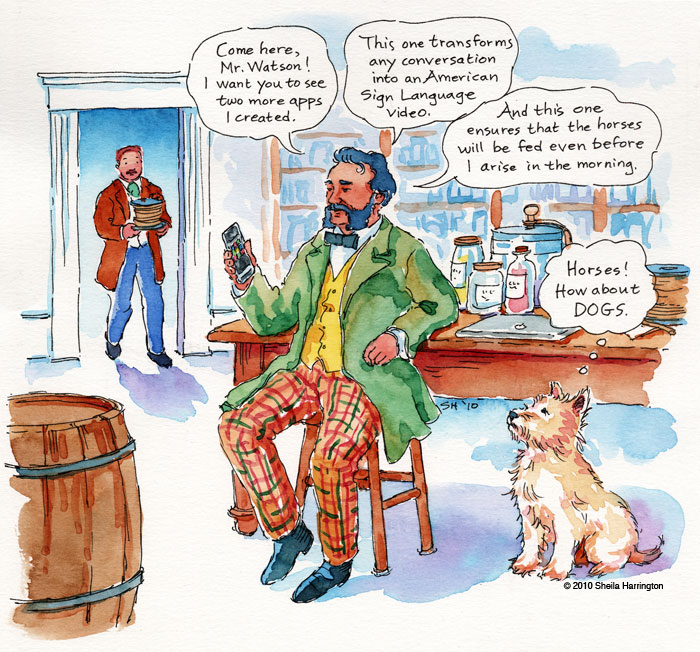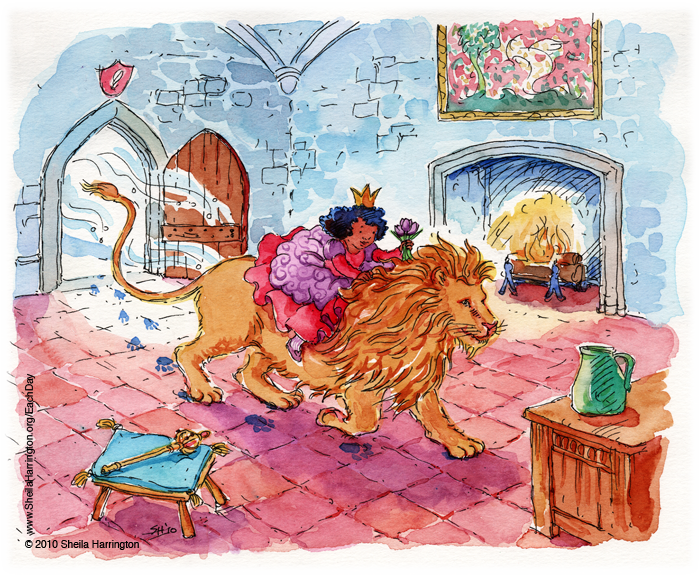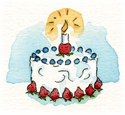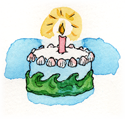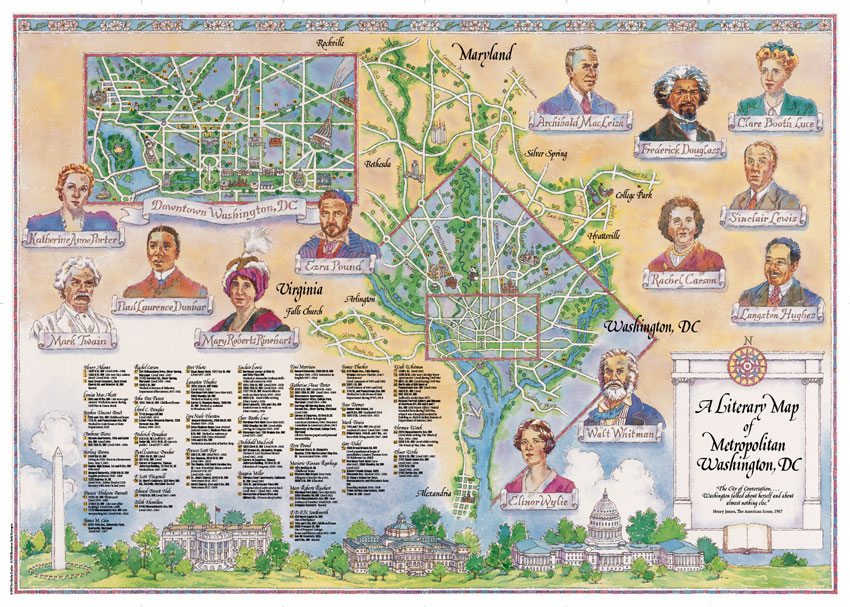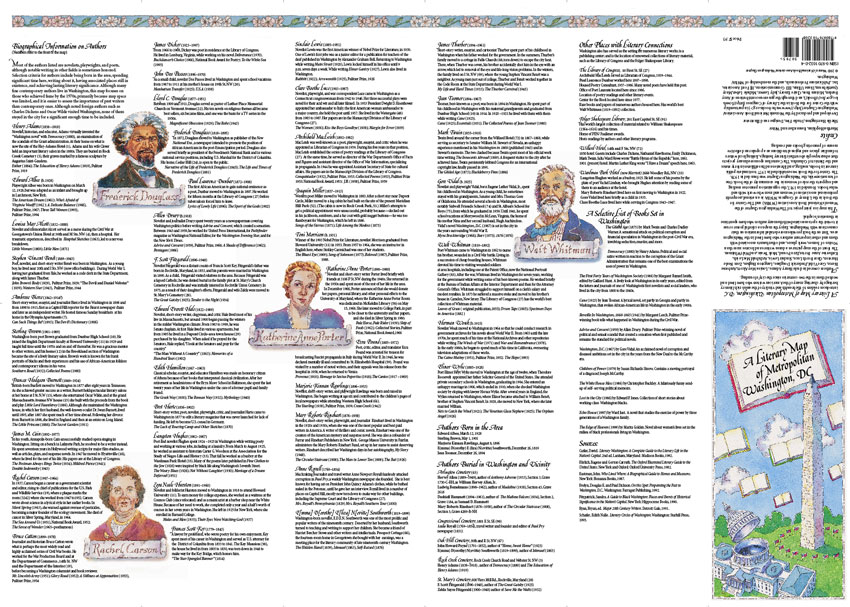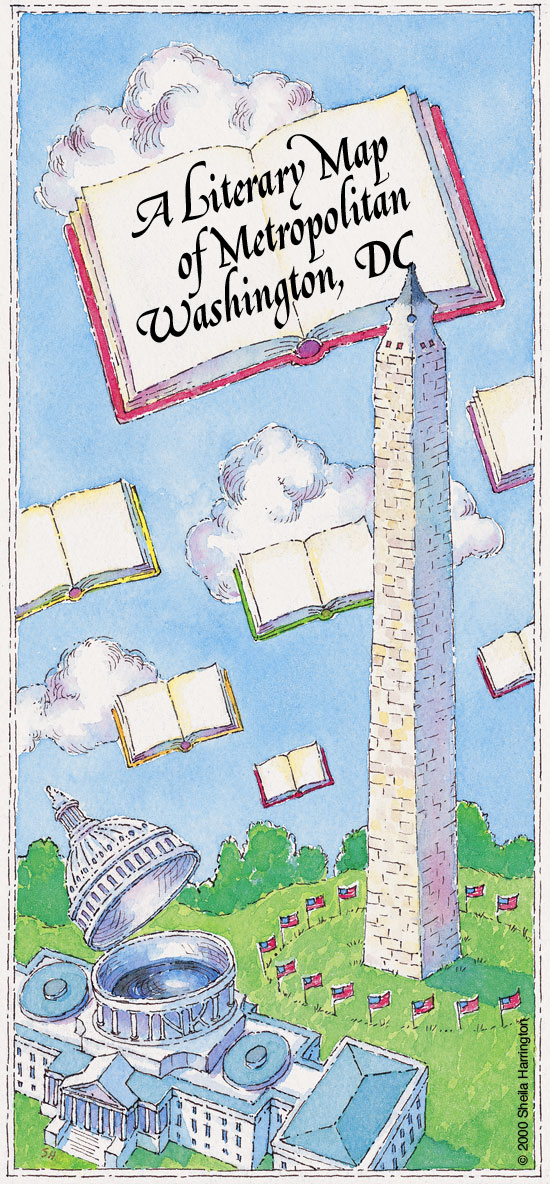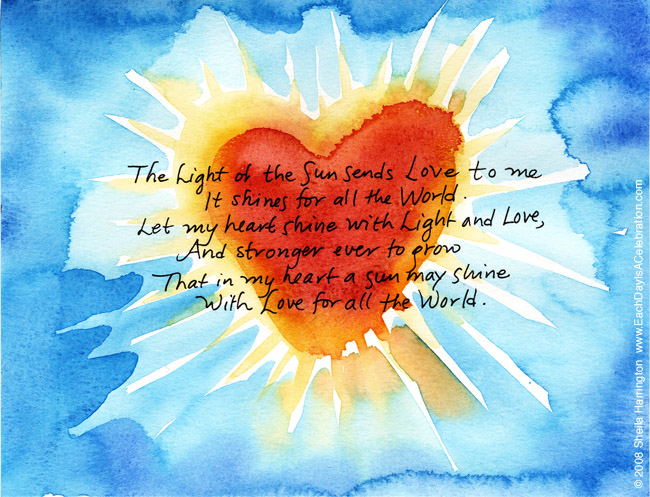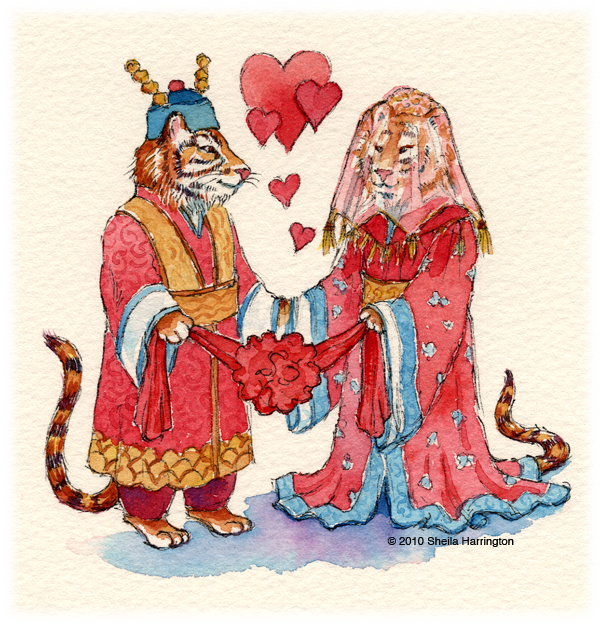Today is the birthday of Alexander Graham Bell (1847-1922), whom many may think of as American but who was actually born in Edinburgh, Scotland (he later became an American citizen). Bell was practically destined for his future work, given his background—grandfather a speech teacher/researcher/writer, and father an elocution specialist who developed something called “Visible Speech,” a sort of alphabet of lip, throat, and tongue positions used in talking, in order to train deaf people to speak. Those were the days when use of the hands while speaking—even if you weren’t deaf—was considered unseemly in Anglo-Saxon culture. Humph.
A bright, curious, inventive boy anyway, interested in mechanics, botany, and music, he took up the family passion: the study of speech. Even his own mother’s growing deafness was an encouragement. He was homeschooled for a while, then sent for a few years of formal education, culminating in a combined learning/teaching career, but he always pursued his own experiments on the side. After Bell’s two brothers died of tuberculosis, his alarmed parents decided to take their sole remaining son, always delicate, for a cure. Where? To the Swiss Alps, you ask? No… to Canada! where they bought a farm on a river and converted a carriage house into a workshop for Alexander’s tinkering. It did the trick. Parents, take note.
Bell went on to a career of teaching deaf pupils in Boston, but carried on his experiments, and eventually succeeded in producing, with assistant Thomas Watson, a “harmonic telegraph”—the telephone; founding Bell Telephone Company; and going on to create the metal detector, the wax recording cylinder (later used in the phonograph), and the first, and very successful, hydrofoil boat.
It’s hard to imagine a world without Bell’s telephone. Perhaps it was inevitable—others were exploring along the same lines—but it doesn’t diminish the wonder of his accomplishments and of his lively inventive being.
So go call your Mom, and wish her a Happy Alexander Graham Bell’s Birthday.
